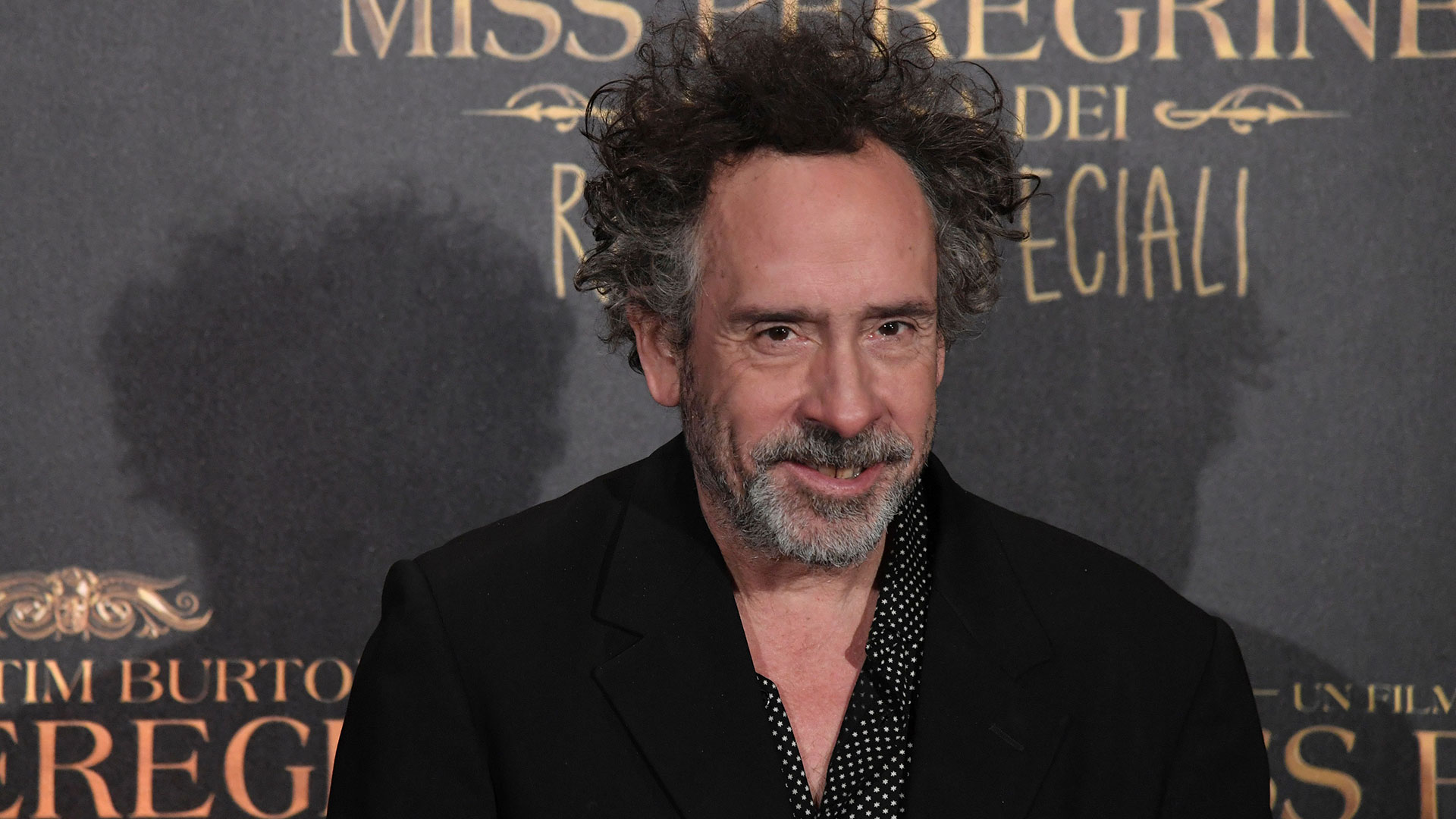

Disney had imagined an arts school designed specifically to educate new generations of animators, but it wasn’t until 1975 that the school began admitting students into a program to teach character animation.Ī year later, in 1976, Burton joined the new animator program, becoming one of a now-legendary era of CalArts animators who would collectively go on to profoundly impact the next four decades of animation. Disney died in 1966, but his brother and nephew were both on the school’s founding board of trustees. The characters are charming and imaginative, and have sufficient variety to sustain interest.” It would be the start of a long and sometimes contentious relationship with the Mouse.Īfter high school, Burton attended the prestigious California Institute of the Arts, which opened in 1961, partly out of the last great vision of Walt Disney himself. Disney told Burton that “the art is very good. He seemed to channel these sensibilities into his art, displaying a penchant for exaggerated caricatures and illustrations influenced by a range of pop art from advertising to children’s illustrators to comics.īy age 15, he was winning local advertising art contests, shooting creepy 8mm films around his neighborhood, and creating an illustrated children’s book of his own - which Disney, incidentally, rejected for publication, albeit with an encouraging note. He developed a love for Hammer horror films and B-movie sci-fi. When other kids played ball and rode bicycles, he hung out in cemeteries and wax museums.
/https://www.thestar.com/content/dam/thestar/entertainment/2010/10/05/inside_the_weird_mind_of_tim_burton/timburton.jpeg)
Where Burbank was sunny and benign, Burton was moody, interested in the dark and the macabre. 7M圆L4OIFJ- Nicky Locklear March 12, 2018īorn in 1958 in Burbank, California, Burton grew up with an inverse relationship to his surroundings. Tim Burton in his Halloween costume made by his mother. Burton grew up identifying with moody iconoclasts - and developing an art style to match Before that, he grew up absorbing a range of pop art styles and cinematic influences that later led to his becoming something of an alienated gothic hero - which still makes itself felt in his work today. Burton got his start in the industry working as an animator for Walt Disney Studios, where he began to develop his staple brand of quirkiness. The answers to these queries are more concrete than you might expect. Even in his new live-action Disney film Dumbo, which is something of a departure from Burton’s previous work - it’s a remake that doubles as a careful critique of its predecessor - it can still easily be called “ Burton-esque,” like all of his movies.īut what does it mean to be “Burton-esque?” Is there a way to catalog the visual ingredients of a Burton film? And how did Burton develop such a distinct visual style that continues to resonate so strongly with audiences? It’s hard to find a recent director whose distinct visual aesthetic has become so universally, immediately recognizable. Tim Burton is one of modern filmmaking’s best-known directors - largely because his films all look like Tim Burton films.


 0 kommentar(er)
0 kommentar(er)
